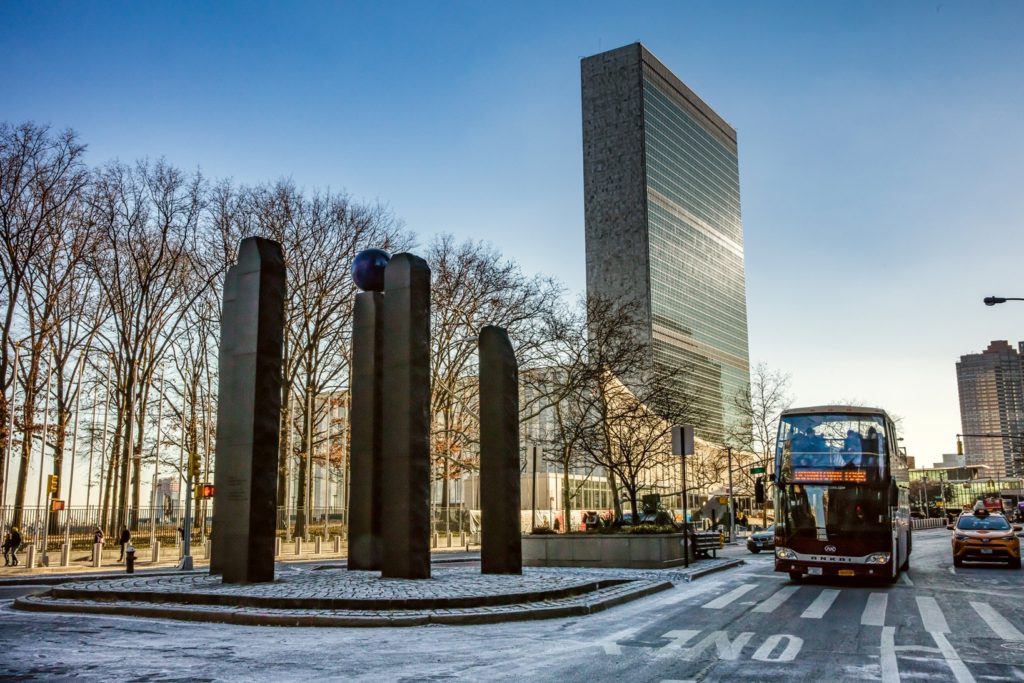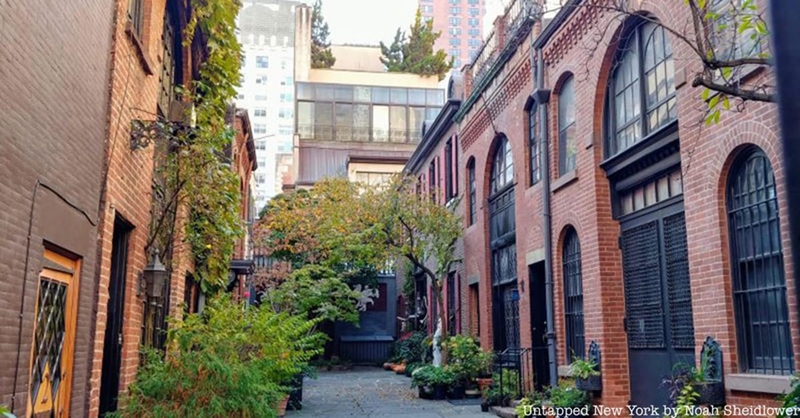
Turtle Bay, a charming and often overlooked neighborhood in Midtown Manhattan, offers a unique blend of residential tranquility, rich history, and cultural significance. Nestled between the bustling streets of Midtown East and the scenic East River, Turtle Bay is a small but vibrant area that has long attracted diplomats, professionals, and artists, making it one of the city’s hidden gems.
A Brief History of Turtle Bay
The name “Turtle Bay” originates from the area’s early history when it was a natural bay and a popular location for turtle hunting. The bay itself, which once extended into the East River, was largely filled in during the 19th century as Manhattan’s urban development began to take shape.
In the 1700s, the land was largely rural and used for farming. The area became more developed in the 19th century as New York City’s population grew, and by the early 1900s, Turtle Bay had become a sought-after residential neighborhood, known for its stately mansions and proximity to the East River.
Over time, Turtle Bay became home to many influential figures, including diplomats, writers, and artists, and the neighborhood’s development was shaped by its proximity to the United Nations Headquarters, which was established in the area in 1945. Today, Turtle Bay retains much of its historical charm while maintaining a modern, cosmopolitan flair.
Location and Layout
Turtle Bay is geographically situated between 43rd Street to the south, 53rd Street to the north, 2nd Avenue to the west, and the East River to the east. Its prime location places it near the heart of Midtown Manhattan, but it still feels like a peaceful enclave with tree-lined streets, classic brownstones, and picturesque townhouses.
The neighborhood’s residential areas are complemented by a variety of cultural institutions, restaurants, and small businesses. Its proximity to the East River means residents and visitors can enjoy beautiful views of the water and the nearby Roosevelt Island. Turtle Bay’s quiet streets make it a desirable place for those seeking a more relaxed atmosphere while still being close to the action of Midtown and the rest of Manhattan.
Turtle Bay’s Role in International Diplomacy
One of the defining aspects of Turtle Bay is its association with the United Nations. The UN Headquarters, located along the East River between 42nd and 48th Streets, has had a profound impact on the neighborhood’s character and development. The construction of the UN building in the mid-20th century brought international attention to the area, and Turtle Bay became home to many diplomats and foreign nationals working at the UN.
Because of the United Nations’ presence, Turtle Bay also has a distinctly global flavor, with numerous embassies and consulates located within the neighborhood. This has helped foster a sense of internationalism, reflected in the neighborhood’s diverse dining options and cultural spaces. The area offers an array of cuisine from around the world, including French, Italian, and Middle Eastern options, as well as many ethnic grocery stores that cater to the diverse community.
Turtle Bay’s Architecture and Landmarks
Turtle Bay is known for its impressive architecture, which includes a mix of historic brownstones, mid-century buildings, and modern high-rises. The neighborhood’s architecture is a testament to New York City’s ability to blend old and new seamlessly. Many of the original townhouses from the late 19th and early 20th centuries have been preserved and are now prized real estate.
A few notable landmarks in Turtle Bay include:
- The United Nations Headquarters: As the symbol of international diplomacy, the UN headquarters is undoubtedly the most significant landmark in the neighborhood. The sleek, glass-and-steel complex stands as a testament to global cooperation and peace.
- St. Vartan’s Armenian Cathedral: Located on 34th Street, this beautiful and historically significant cathedral serves as the spiritual center of the Armenian community in New York. Its architecture and stained-glass windows are worth a visit.
- The Ford Foundation Building: An architectural gem, this modernist building features a unique glass-and-steel design and is known for its impressive indoor atrium garden, which provides a green oasis in the midst of the city.
- Turtle Bay Gardens: A small but charming residential area of private gardens and townhouses, Turtle Bay Gardens is an example of the neighborhood’s blend of greenery and historic architecture. It is a rare find in the middle of Manhattan.
Dining, Culture, and Recreation
Turtle Bay’s dining scene is eclectic, offering a mix of casual eateries and elegant restaurants. While the neighborhood may not be as well-known for nightlife as other parts of the city, it certainly has its share of cozy spots for a quiet drink or intimate dinner. Whether you’re seeking a classic New York deli, such as the famed Sardi’s for Broadway patrons, or a trendy café, there are plenty of options to explore.
For culture enthusiasts, Turtle Bay offers several opportunities to immerse oneself in the arts and history. The nearby Roosevelt Island provides walking paths, parks, and panoramic views of the East River. The neighborhood’s proximity to Midtown means easy access to iconic attractions like Broadway theaters, the Museum of Modern Art (MoMA), and Grand Central Terminal.
Outdoor lovers can enjoy the East River Esplanade, a scenic waterfront park that stretches along the river and offers walking paths, benches, and beautiful views of the river and Queens. For a more intimate green space, Turtle Bay Park on East 47th Street offers a quiet refuge in the heart of the neighborhood, perfect for a break during a busy day.
A Quiet Yet Central Destination
While Turtle Bay may not have the fame of other neighborhoods in Manhattan, its blend of history, culture, and residential charm makes it a hidden treasure. Offering a quiet residential atmosphere in a central location, the neighborhood provides an escape from the hustle and bustle of Midtown, while still being close to the action of New York City.
Whether you’re exploring its tree-lined streets, enjoying a meal at a local bistro, or learning about its international significance, Turtle Bay offers a unique perspective on Manhattan living. For anyone looking to experience the quieter, more sophisticated side of New York City, Turtle Bay is undoubtedly a neighborhood worth discovering.

